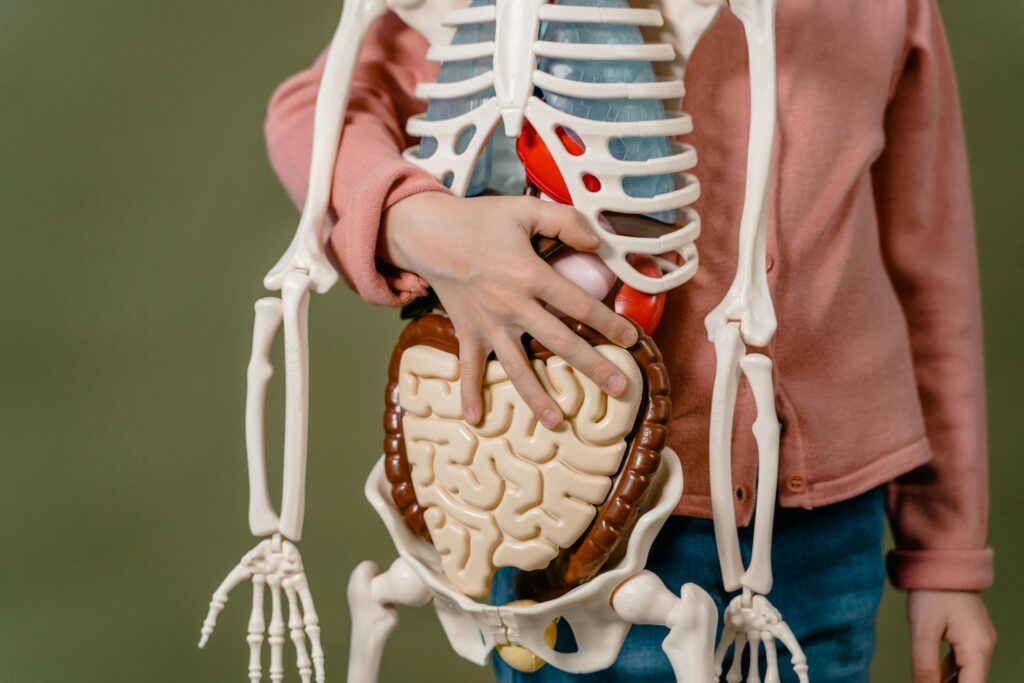In 2022, 38-year-old Danella Gallegos fell into a coma after an undisclosed medical emergency. She was immediately admitted to the Presbyterian Hospital in Albuquerque, New Mexico. Initially, Gallegos’ family was informed that her chances of regaining consciousness were minimal to none to coerce them into agreeing to donate her organs. But as the hospital prepared Gallegos for surgery, a miraculous event occurred.
Escaping Tragedy By The Blink Of An Eye

Days before they were set to retrieve Danella Gallegos’ body, her family reported that she blinked when asked. As staff prepped her for surgery, her sisters saw tears and movement dismissed as “involuntary reflexes.” Moments before retrieval, Gallegos blinked on command, saving her life. The hospital canceled the procedure just in time, and she made a full recovery. “I feel so fortunate,” she later said. “It’s crazy how close things came to ending differently.”
Multiple Cases Reveal Systemic Problems
Gallegos’ case is not unique and has exposed a larger flaw in organ harvesting procedure. In October 2021, Kentucky’s Thomas “TJ” Hoover II was declared brain dead after an overdose and prepped for heart removal. Staff witnessed that he was visibly distressed, yet Kentucky Organ Donor Affiliates allegedly pushed to continue with surgery. They later denied this claim when questioned. Fortunately, the medical team refused, and Hoover recovered, though with lasting neurological issues.
In Alabama, 42-year-old Misty Hawkins was wheeled in for organ removal surgery after being taken off life support. Surgeons began organ removal only to find her heart still beating and she subsequently died during the procedure.
When Life Signs Are Ignored

These incidents expose a troubling pattern of shady and even deadly practices in organ procurement. In Gallegos’ case, New Mexico Donor Services officials allegedly urged staff to proceed despite her responsiveness. Five critical care physicians reviewing Hawkins’ records concluded her death declaration was likely a premature call. Dr. Robert Truog, a Harvard bioethicist, stated, “I highly doubt proper procedures were followed because this situation could not occur otherwise.”
The Dead Donor Rule Under Pressure
The “dead donor rule” requires donors be declared dead before organ removal to protect vulnerable patients. But performance pressures threaten this principle. Since 2020, the Health and Human Services department graded procurement organizations on transplant numbers, risking contract termination for underperformance.
Critics say this incentive fosters “aggressive” tactics which compromise the dead donor rule. This would erode public trust, potentially collapsing voluntary donation and harming future transplant patients. Ethical experts stress that saving lives must never involve taking lives.
Hospital Staff Sound the Alarm
Some healthcare workers have reported pressure from organ harvesting institutions which cause them moral distress. An ICU nurse at Presbyterian Hospital even commented on these companies’ aggressive tactics, prioritizing the collection of organs over a patient’s life. The near tragic incident with Hoover II and Kentucky Organ Donor Affiliates demonstrates their disregard for life signs in patients.
Whistleblower Nyckoletta Martin filed complaints that sparked congressional hearings and federal probes. The American Medical Association now mandates clear separation between end-of-life care teams and transplant teams to prevent conflicts of interest. Accreditation standards require qualified clinicians for organ recovery, but enforcement varies widely.
Federal Investigation Exposes Widespread Issues
A 4-year investigation by the HRSA uncovered systematic ethical and safety violations in the national organ transplant system. In July 2025, Secretary Robert F. Kennedy Jr. announced reforms, calling violations “horrifying.” He vowed accountability: “The entire system must be fixed to ensure every potential donor’s life is treated with sanctity.”
The probe uncovered flawed neurological assessments, poor coordination with medical teams, questionable consent practices, and misclassified causes of death. Rural hospitals were the most vulnerable to these predatory practices. New reforms emphasize oversight, improved death-determination protocols, and training. Performance metrics will shift from quantity to quality, prioritizing patient safety over numbers.
The Human Cost of Organ Shortages
Every day, 33 people die waiting for organ donors, even though 48,149 transplants set a record in 2024. As of September 2024, 106,837 Americans waited for transplants; kidneys accounted for 86% of demand. Each donor could save up to eight lives and aid 75 recipients through tissue donation. However, performance-based incentives risk pushing marginal cases. Internationally, similar challenges persist: the UK had 8,096 waiting patients in 2025, and Canada had 4,044 in December 2024.
Rebuilding Trust in Organ Donation
Restoring confidence demands reforms that protect donors while ensuring organ availability. Proposals include stricter oversight of procurement organizations, enhanced training for death determination, and firm separation between donor care and transplant teams. Transparency through new reporting will expose poor practices.
Upholding the dead donor rule not only preserves public trust but sustains voluntary donations. By balancing urgent medical needs with core ethics, the system can save lives without compromising the sanctity of donor lives.
Read More: Doctors Discuss Organ Donation—Unaware Stroke Patient Could Hear Everything

